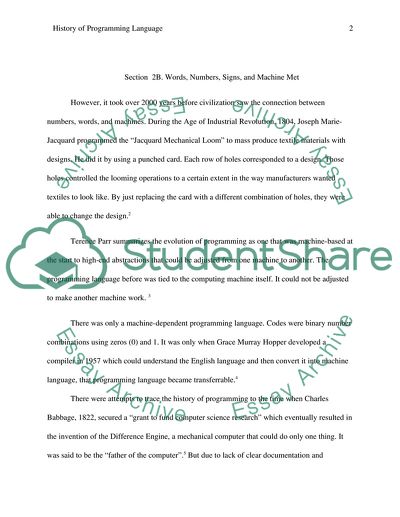Cite this document
(“History of Programming and the Ancient Origin Assignment”, n.d.)
History of Programming and the Ancient Origin Assignment. Retrieved from https://studentshare.org/history/1777029-history-of-computer-programming
History of Programming and the Ancient Origin Assignment. Retrieved from https://studentshare.org/history/1777029-history-of-computer-programming
(History of Programming and the Ancient Origin Assignment)
History of Programming and the Ancient Origin Assignment. https://studentshare.org/history/1777029-history-of-computer-programming.
History of Programming and the Ancient Origin Assignment. https://studentshare.org/history/1777029-history-of-computer-programming.
“History of Programming and the Ancient Origin Assignment”, n.d. https://studentshare.org/history/1777029-history-of-computer-programming.


